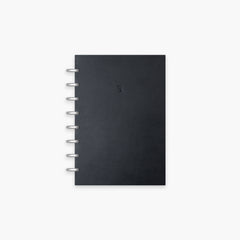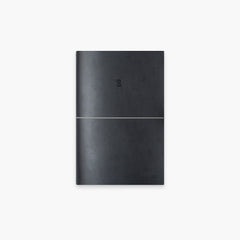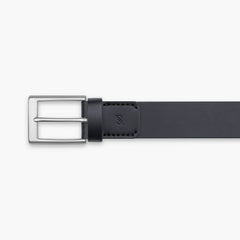The Higonokami knife is a testament to the ingenuity and craftsmanship of the people of the Japanese town of Miki.
The Higonokami knife is a Japanese folding knife design that has been a beloved tool for generations. Its elegant design, simplicity, and functionality make it a true classic.

To truly appreciate the Higonokami knife, one must understand its history and the manufacturing process. Recently, we had the opportunity to visit Nagao Kanekoma, a family-run company based in Miki that produces Higonokami knives using traditional methods.
The Higonokami knife's origins can be traced back to the late 1800s in the town of Miki, Japan. Miki was a small town nestled in the mountains of Hyogo Prefecture. It was known for its blacksmiths, who produced a variety of cutting tools, including sickles and knives. It was during this time that a man named Tasaburo Shigematsu began producing a new type of folding knife. He designed the knife with a simple yet effective locking mechanism and named it the Higonokami. The knife quickly gained popularity among the farmers and hunters in the area and soon became a staple tool for many people in the region.

During our visit to Nagao Kanekoma, we learned that the Higonokami knife was also used by schoolchildren in Japan. They would use the knife to sharpen their pencils, as it was a simple and effective tool. The knife's design made it easy to use and safe for children.
The technical aspects of the Higonokami knife are also noteworthy. The blade is made of VG10 steel, which is a high-quality stainless steel that is known for its durability and corrosion resistance. The blade is ground using traditional methods, and the edge is sharpened by hand. The handle of the knife is made of brass, which not only looks beautiful but also provides a comfortable grip.
The manufacturing process of the Higonokami knife is an art form in itself. The blades are cut and ground by hand, and each knife is assembled and finished by skilled craftsmen. Nagao Kanekoma is a family-run company that has been producing Higonokami knives for generations. Their commitment to quality and tradition is evident in every knife they produce.

The town of Miki has also undergone significant changes since the creation of the Higonokami knife. Today, it is a bustling city with a population of over 80,000 people. However, despite its growth and modernization, Miki has managed to maintain its connection to its past. The town still celebrates its blacksmithing heritage, and there are several museums and shops dedicated to the craft.
In conclusion, the Higonokami knife is not only a testament to the ingenuity and craftsmanship of the people of Miki, but also a symbol of the town's rich history and its deep connection to the land. Its simple yet elegant design and the technical aspects of its manufacturing process make it a true work of art that has stood the test of time.

Visiting Nagao Kanekoma and learning about the traditional methods used to produce the Higonokami knife was a fascinating experience that gave us a deeper appreciation for this beloved tool. We were able to witness firsthand the skill and dedication required to create each knife and the importance placed on preserving the traditional techniques and materials.
As a tribute to this unique knife and its heritage, we decided to design a handmade leather sheath with a matching timeless design. We wanted to create something that not only protects the knife but also complements its simple yet elegant form. The result is a one-of-a-kind piece that reflects the craftsmanship and attention to detail that we witnessed during our visit to Miki.

In the end, the Higonokami knife and the town of Miki have left an indelible impression on us. It is a reminder of the importance of tradition, simplicity, and functionality in design, and a testament to the enduring appeal of the art of craftsmanship.
If you can imagine living with this knife, we encourage you to consider getting one for yourself or for someone who would appreciate it. Whether you use it for sharpening pencils, as the schoolchildren of Miki once did, or for more advanced tasks, the Higonokami knife is a tool that is both practical and beautiful.






